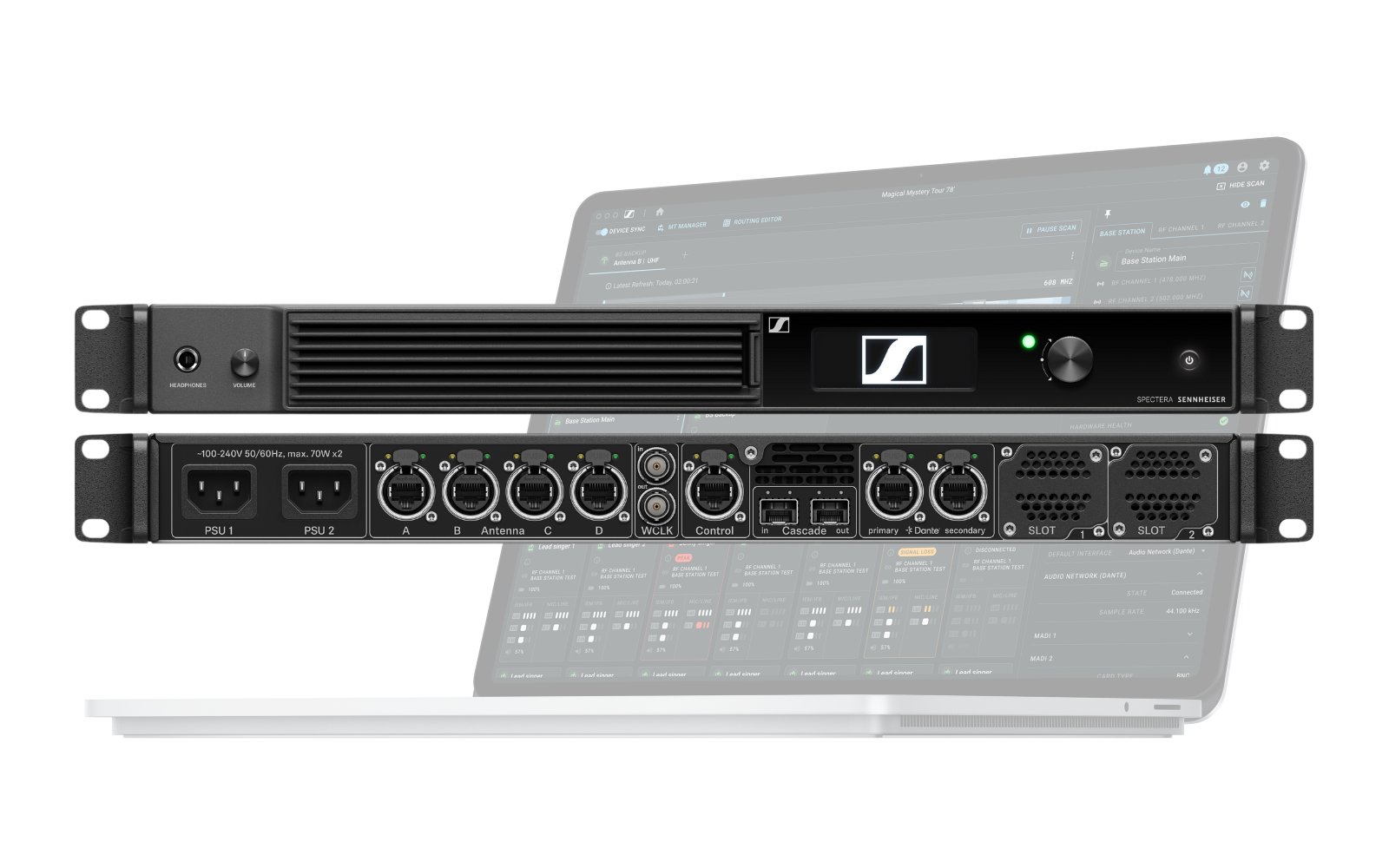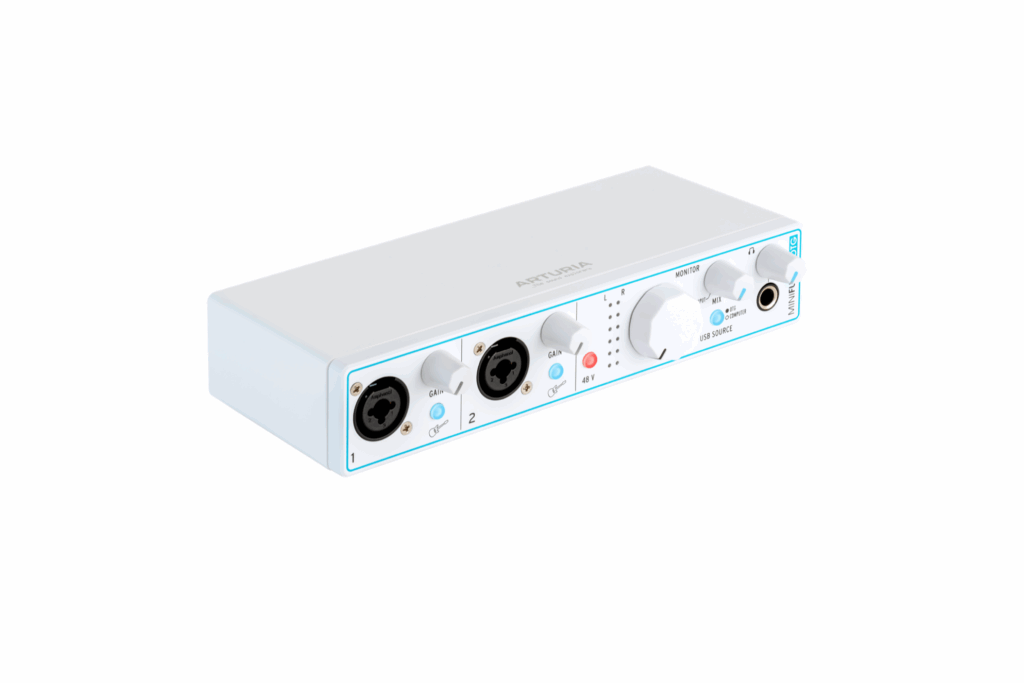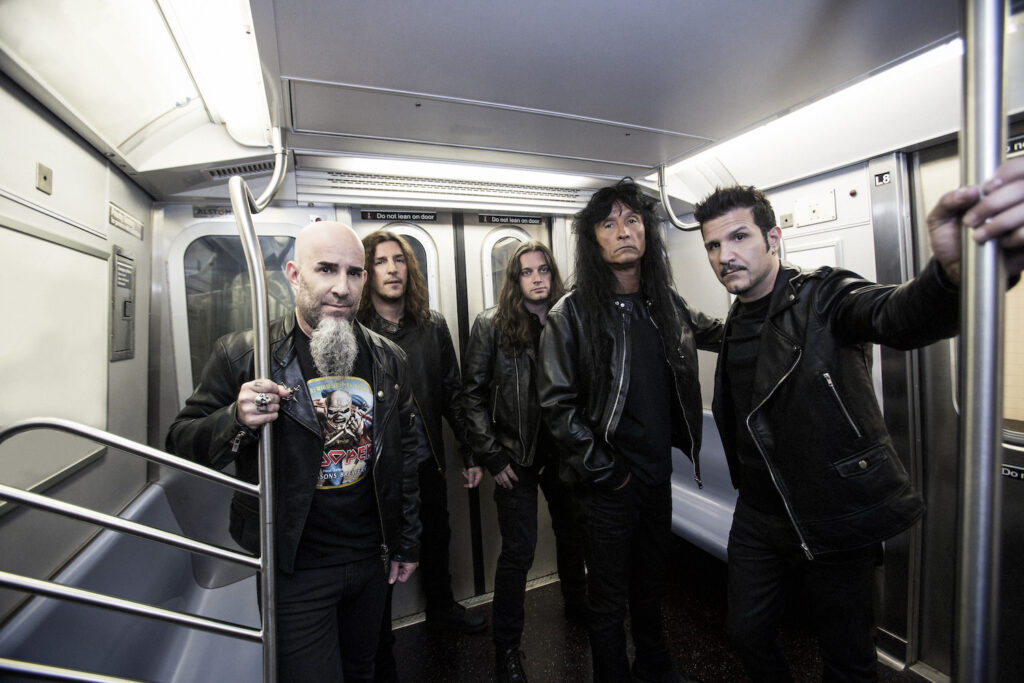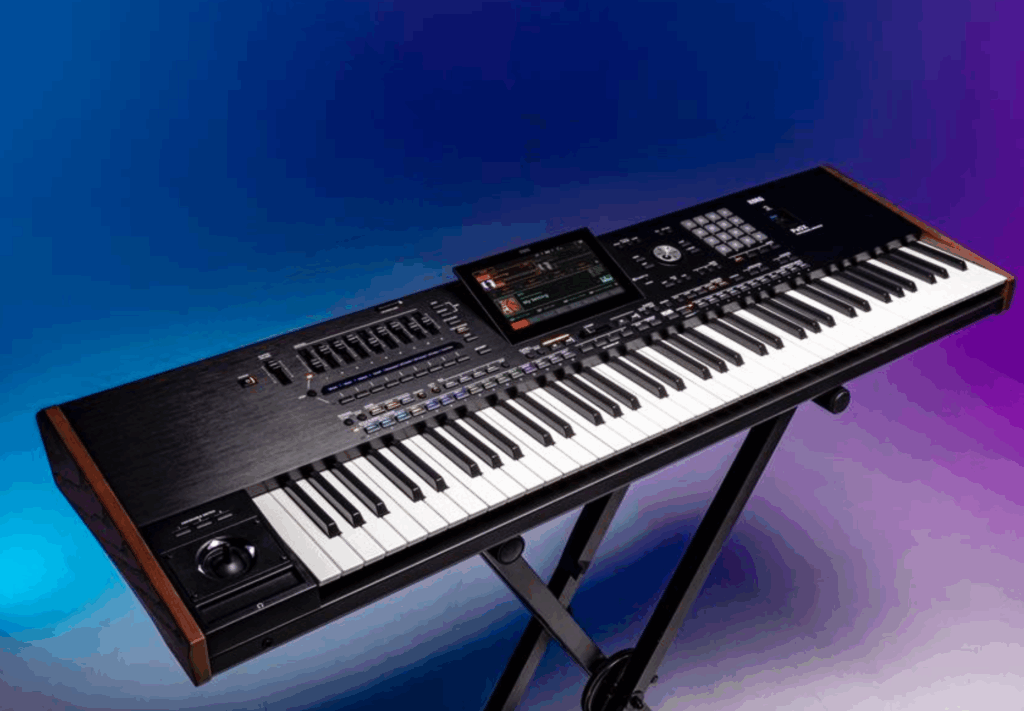At IBC, Sennheiser ushers in a new era of digital wireless audio transmission with the world’s first bidirectional wideband solution: Spectera.
Using the ground-breaking WMAS (Wireless Multichannel Audio Systems) technology, Sennheiser Spectera greatly reduces wireless system complexity, while at the same time considerably increasing capability, enabling time-saving workflows and offering full remote control and monitoring, including permanent spectrum sensing. Spectera features bidirectional bodypacks that manage both digital IEM/IFB and mic/line signals at the same time. The solution is remarkably resistant to RF fading and allows for flexible use of the wideband RF channel, for example for digital IEMs with a latency down to a spectacular 0.7 milliseconds.
Read up on all the latest features and columns here.
“We are thrilled to see years of technological development and spectrum policy work turn into a digital wireless ecosystem that will solve many of the issues that users of wireless multichannel systems are faced with today,” say co-CEOs Dr Andreas Sennheiser and Daniel Sennheiser. “Our wideband solution will be ideal for large productions, whether in the touring, broadcasting, or theatre fields, or in any other area that requires multichannel audio setups. Spectera satisfies our customers’ chief desires and needs regarding ease of use, operational reliability and flexibility. It offers less hardware, drastically reduced frequency coordination, redundancy, and the flexibility of an ecosystem that grows with your needs.”
One of the most stunning innovations in the Spectera ecosystem is certainly the Base Station, which, in a single rack unit with 32 inputs and 32 outputs, replaces a rack-full of wireless mic receivers and IEM transmitters. An entire production could be accommodated in a single wideband RF channel (6 or 8 MHz). The lower footprint continues to the bodypacks, which handle mic/line and IEM/IFB requirements simultaneously. “Having just one pack is not only a great asset for performers,” says Bernd Neubauer, Spectera product management, “it also makes the work of the sound engineer easier, who has just one type of pack and can, if required, quickly add an IEM to a mic. Warehousing also becomes less complex, with just one Base Station and two frequency variants – UHF and 1G4 – for bodypacks and antennas.”
Interested? Keep reading at Sennheiser Australia.







